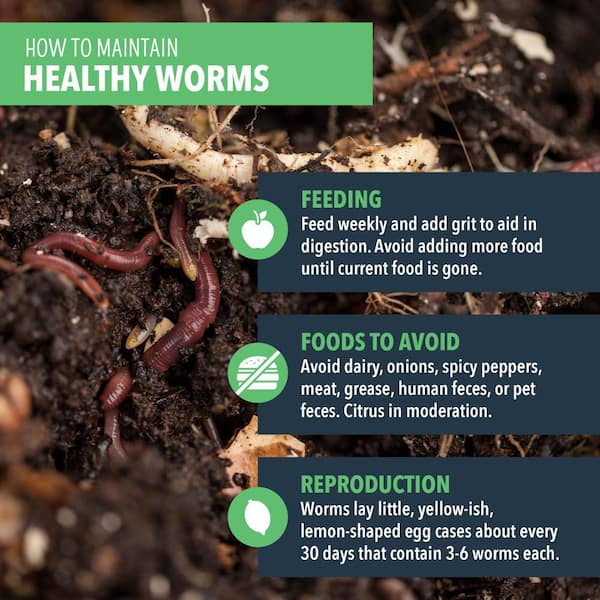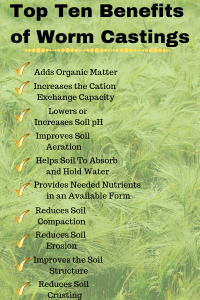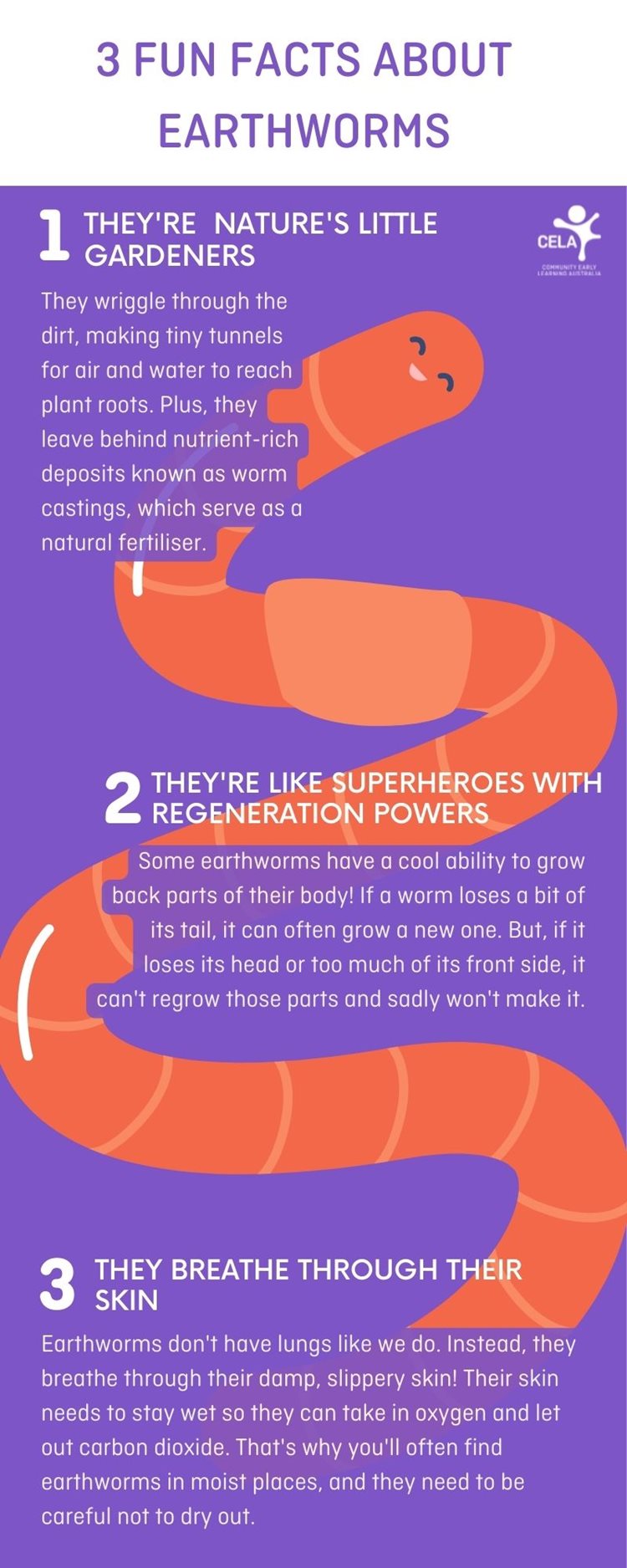The Ultimate Guide To North Carolina Worms
The Ultimate Guide To North Carolina Worms
Blog Article
Excitement About North Carolina Worms
Table of ContentsThe Greatest Guide To North Carolina WormsA Biased View of North Carolina WormsNorth Carolina Worms Fundamentals ExplainedThe 10-Minute Rule for North Carolina Worms
Instance: 1-gallon of worm spreadings to 4 gallons of potting mix. 1/2 cup in the bottom of the planting opening for smaller plants. 1 mug for bigger plants.
The addition of tea can also include boosted microbial biomass to your dirt. You can always side-dress your plants with worm spreadings any time. Just bear in mind, the microorganisms will pass away if exposed to UV rays (Sunlight), so make sure to cover the castings with an inch or two of soil.
This baffled them for many years till the screening methods came to be much better. They found that plant growth and health exhibited a Normal curve. It would obtain better(with even more spreadings), level off, and after that decrease. They were bewildered. They finally uncovered that excess plant-growth hormones were the offender. Also many worm castings would accelerate the development to a rate that the plant might not recover from.
8 Simple Techniques For North Carolina Worms
I have stated the virtues of worm castings for concerning 2000 words. Worm castings are no various. It takes time to produce high quality worm spreadings.
Worm castings certainly set you back even more than chemical fertilizers. Worm spreadings are on the cheaper end of natural plant foods. (50 gallons per year) It is a much tougher and really expensive investment to produce large quantities of worm spreadings.

Actually, producing a healthy dirt might be the best advantage of worm castings. Healthy and balanced dirt was reviewed and how vital this has become to everyone. The top ten advantages of worm spreadings were also offered. We talked about worm spreadings NPK and likewise the correct nutrient analysis that ought to relate to worm castings.
Not known Details About North Carolina Worms
We talked concerning some of the negative aspects linked with worm spreadings. I covered a great deal of product in this short article.
The vertical burrows are usually open, although the worms top the leading with deposit and excrement. Roots require oxygen for their growth, whereas they generate carbon dioxide that requires to leave the soil.
Earthworms raise porosity by 2 mechanisms: (1) by developing irreversible burrows, and (2) by enhancing soil gathering. Aggregation is boosted by the blending of dirt and organic matter in the earthworms' intestines. Lake James Bait. These very secure aggregates are transferred by some earthworms in their burrows, and by others at the surface of the dirt


In another research study, earthworms were estimated to take in 4 to 10 percent of the top 6 inches of the soil each year. This only mosts likely to show the massive quantities of dirt that can be processed by earthworms. Dirt compaction reduces the porosity of the soil. Due to the fact that earthworms increase porosity, they reduce the effects of compaction.
The Single Strategy To Use For North Carolina Worms
Typical earthworm populaces can conveniently consume 2 loads of dry issue per acre per year, partly absorbing and blending it with soil. The significance of earthworms to mix surface area deposit with soil becomes extremely clear in dirts that do not have any type of earthworms. A lot of our Pennsylvania dirts contend the very least some earthworms, and the result of their full lack, consequently, can not be kept in mind.
(http://directdirectory.org/details.php?id=357115)In these soils, the development of topsoil with affordable natural matter material did not take place, causing poor crop growth. As soon as the reason was developed, the federal government of the Netherlands began a project to present earthworms. After the intro of the earthworms, a dark topsoil layer was formed, and crop growth increased substantially.
They live mostly from partially broken down organic matter that is currently integrated in the soil. These varieties ingest huge amounts of soil that they mix with digested plant deposit in their intestines.
Their burrows remain open, although they top the top with plant deposit that they draw to the entryway. These varieties ingest significant amounts of soil that they combine with absorbed deposit in their guts. Their excrement is mainly deposited at the surface of the dirt. The nightcrawler Lumbricus terrestris is one of the most famous member of this group.
Report this page